-
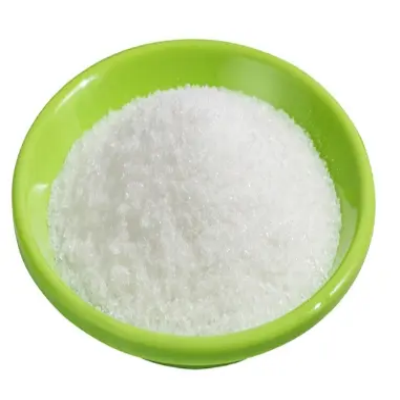
5-Hydroxytryptophan CAS:56-69-9
5-Hydroxytryptophan (5-HTP) is a naturally occurring amino acid and chemical precursor in the biosynthesis of neurotransmitters serotonin and melatonin.
-

Tetracarbonyldi-micron-chlorodirhodium(I) CAS:14523-22-9
Tetracarbonyldi-micron-chlorodirhodium(I) is a chemical compound consisting of two rhodium atoms bonded to four carbonyl groups and two chloride ions. It is commonly referred to as Rh2Cl2(CO)4. This compound is widely used as a catalyst in various organic reactions due to its unique structural and electronic properties.
-
![Ruthenium,tetracarbonyl-m-hydro[(1,2,3,4,5-h)-1-hydroxylato-2,3,4,5-tetraphenyl-2,4-cyclopentadien-1-yl][(1,2,3,4,5-h)-1-hydroxy-2,3,4,5-tetraphenyl-2,4-cyclopentadien-1-yl]di- CAS:104439-77-2](https://cdn.globalso.com/xindaobiotech/20KKQ1ROFEVXI9DUBYB2.png)
Ruthenium,tetracarbonyl-m-hydro[(1,2,3,4,5-h)-1-hydroxylato-2,3,4,5-tetraphenyl-2,4-cyclopentadien-1-yl][(1,2,3,4,5-h)-1-hydroxy-2,3,4,5-tetraphenyl-2,4-cyclopentadien-1-yl]di- CAS:104439-77-2
Ruthenium,tetracarbonyl-m-hydro[(1,2,3,4,5-h)-1-hydroxylato-2,3,4,5-tetraphenyl-2,4-cyclopentadien-1-yl][(1,2,3,4,5-h)-1-hydroxy-2,3,4,5-tetraphenyl-2,4-cyclopentadien-1-yl]di- is a chemical compound that belongs to the family of transition metal complexes. It consists of a ruthenium atom bonded to two molecules of [(1,2,3,4,5-h)-1-hydroxylato-2,3,4,5-tetraphenyl-2,4-cyclopentadien-1-yl]. The compound is commonly used in various chemical reactions and has several applications in industries.
-

Tris(triphenylphosphine)rhodium(I) chloride CAS:14694-95-2
Tris(triphenylphosphine)rhodium(I) chloride, is employed as a catalyst in various organic synthesis reactions, particularly in the context of homogeneous catalysis. It is known for its ability to facilitate a range of important transformations, including hydrogenation, hydroformylation, and various carbon-carbon and carbon-heteroatom bond-forming reactions. This complex is utilized in the preparation of fine chemicals, pharmaceutical intermediates, and complex organic molecules, playing a crucial role in the efficient and selective synthesis of valuable compounds.
-
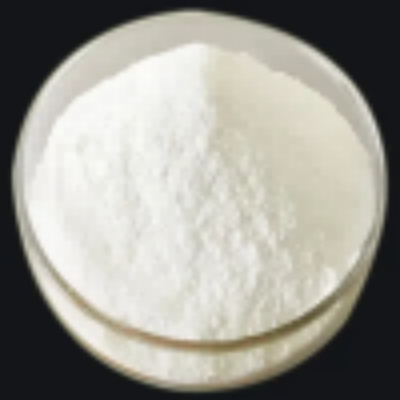
tris(acetonitrile)cyclopentadienylruthenium(ii) hexafluorophosphate CAS:80049-61-2
Tris(acetonitrile)cyclopentadienylruthenium(II) hexafluorophosphate is commonly used as a catalyst in organic synthesis, particularly in the activation of small molecules and the promotion of various chemical transformations. Its ability to facilitate these reactions under mild conditions with high efficiency and selectivity makes it valuable in the production of pharmaceutical intermediates and fine chemicals.
-

Tris(2,2′-bipyridine)ruthenium dichloride CAS:14323-06-9
Tris(2,2′-bipyridine)ruthenium dichloride, also known as Ru(bpy)3Cl2, is a coordination complex of ruthenium with two chloride ions and three 2,2′-bipyridine ligands. It has a deep red color and is used in various applications due to its unique properties.Ru(bpy)3Cl2 is commonly used as a photosensitizer in dye-sensitized solar cells (DSSCs), which are a type of third-generation solar cells. It absorbs light and transfers electrons to the semiconductor, generating electricity. It is also used as a luminescent probe in biochemical assays for detecting DNA and proteins.
-
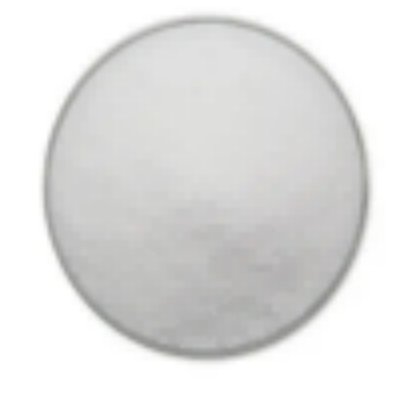
Hexacarbonyldi(chloro)dichlorodiruthenium(II) CAS:22941-53-3
Hexacarbonyldi(chloro)dichlorodiruthenium(II) is a coordination compound containing ruthenium as the central metal atom. It is commonly used as a catalyst in various chemical reactions due to its unique properties and reactivity.
-
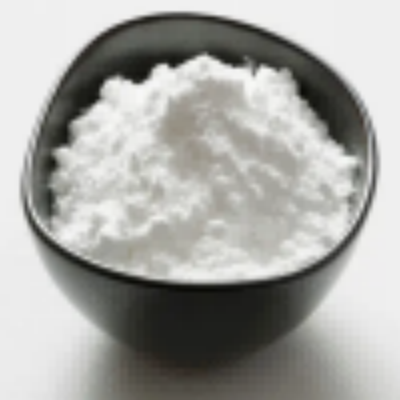
Rhodium nitrate CAS:13465-43-5
Rhodium nitrate is a chemical compound with the formula Rh(NO3)3. It is a water-soluble salt that contains the transition metal rhodium in the +3 oxidation state. Rhodium nitrate is commonly encountered in the form of a reddish-brown crystalline solid and is known for its applications in various chemical and industrial processes.
-
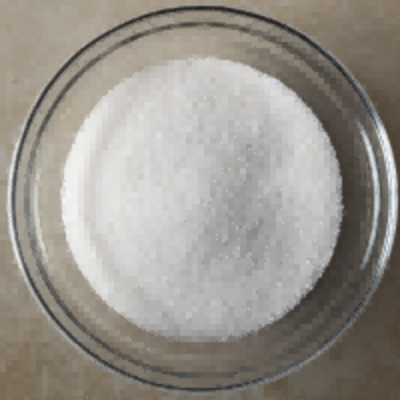
Ruthenium dioxide hydrate CAS:32740-79-7
Ruthenium dioxide hydrate, also known as ruthenium(IV) oxide hydrate, is a chemical compound with the formula RuO2·xH2O. It is a dark brown to black solid that is of interest due to its unique properties and potential applications.
-
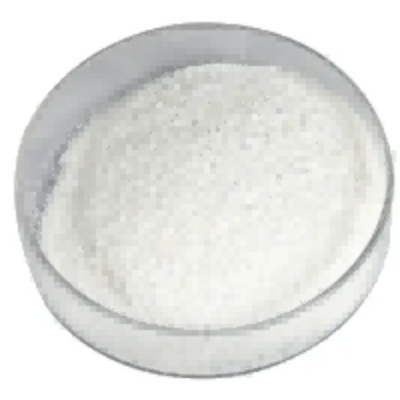
rhodium(iii) sulfate solution CAS:10489-46-0
Rhodium(III) sulfate solution is a chemical solution containing rhodium ions in a sulfate solvent. Rhodium(III) sulfate is a coordination complex that is soluble in water, and the resulting solution can be used in various applications in the field of chemistry and materials science.
-
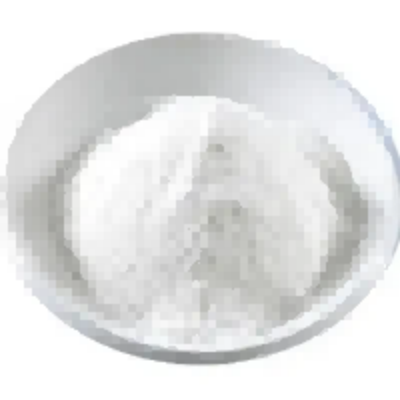
Rhodium(III) oxide hydrate CAS:123542-79-0
Rhodium(III) oxide hydrate is a chemical compound composed of rhodium, oxygen, and water molecules. It is a hydrate form of rhodium(III) oxide, which means it contains water molecules in its crystal structure. This compound is of interest in the field of inorganic chemistry and materials science due to its unique properties and potential applications.
-
![Rhodium, di-m-chlorobis[(1,2,5,6-h)-1,5-hexadiene]di- CAS:32965-49-4](https://cdn.globalso.com/xindaobiotech/VMLV8UWXAZ0XBLS6M1.png)
Rhodium, di-m-chlorobis[(1,2,5,6-h)-1,5-hexadiene]di- CAS:32965-49-4
Rhodium, di-m-chlorobis[(1,2,5,6-h)-1,5-hexadiene] is a complex organometallic compound that contains the Rhodium element in its chemical structure. This molecule consists of two methylene groups bonded to rhodium through their double bonds and chlorine atoms bound directly to rhodium, forming an octahedral coordination complex with a central rhodium atom surrounded by four carbon atoms from the hexadiene ligands and two more in position trans to each other.

